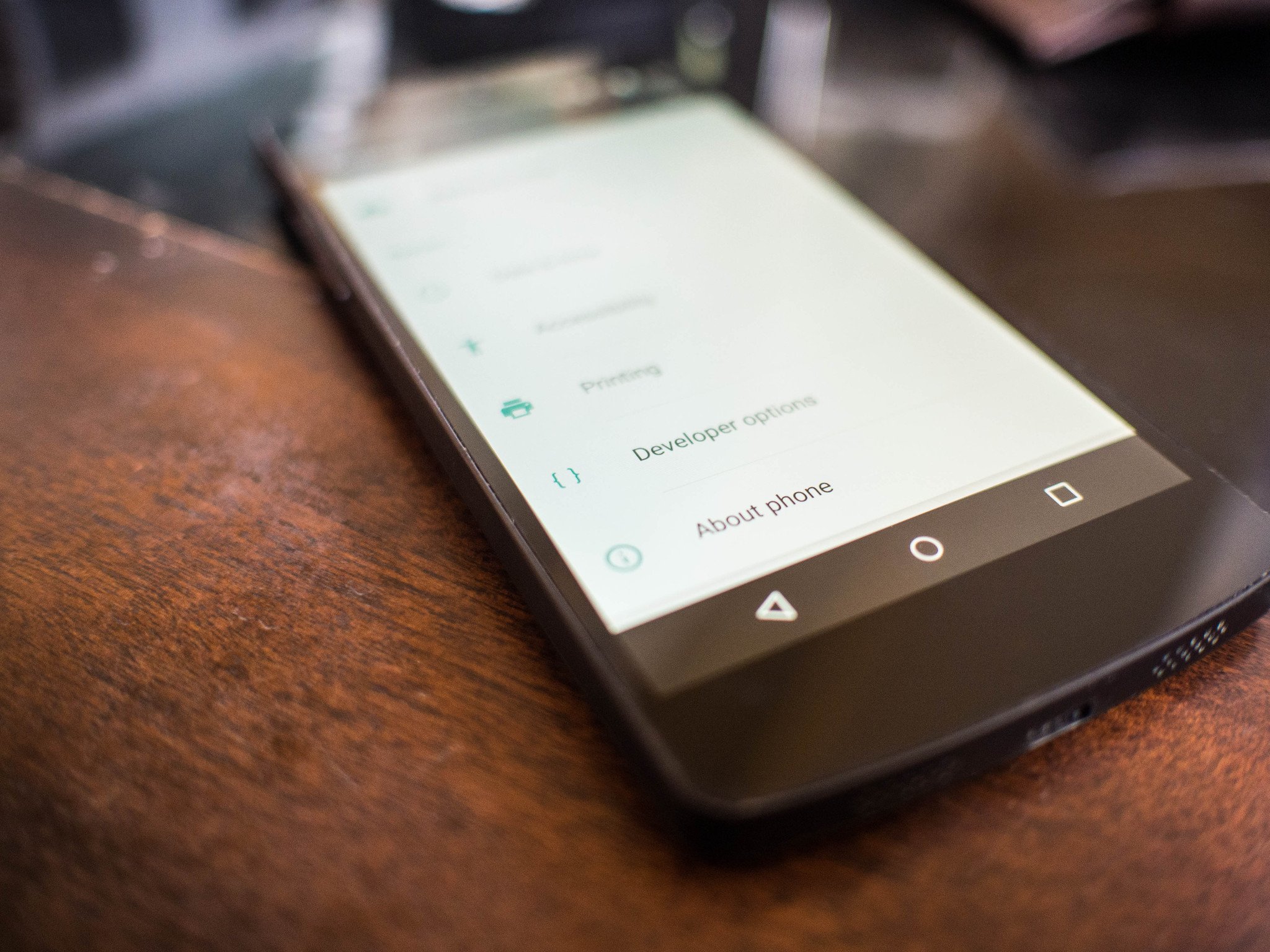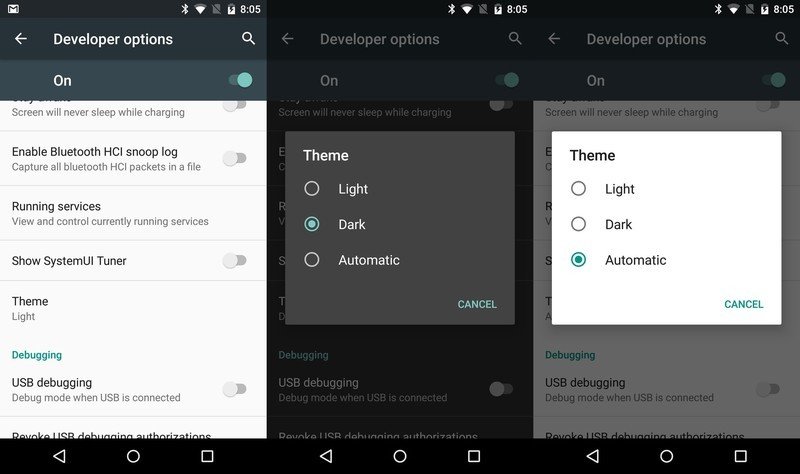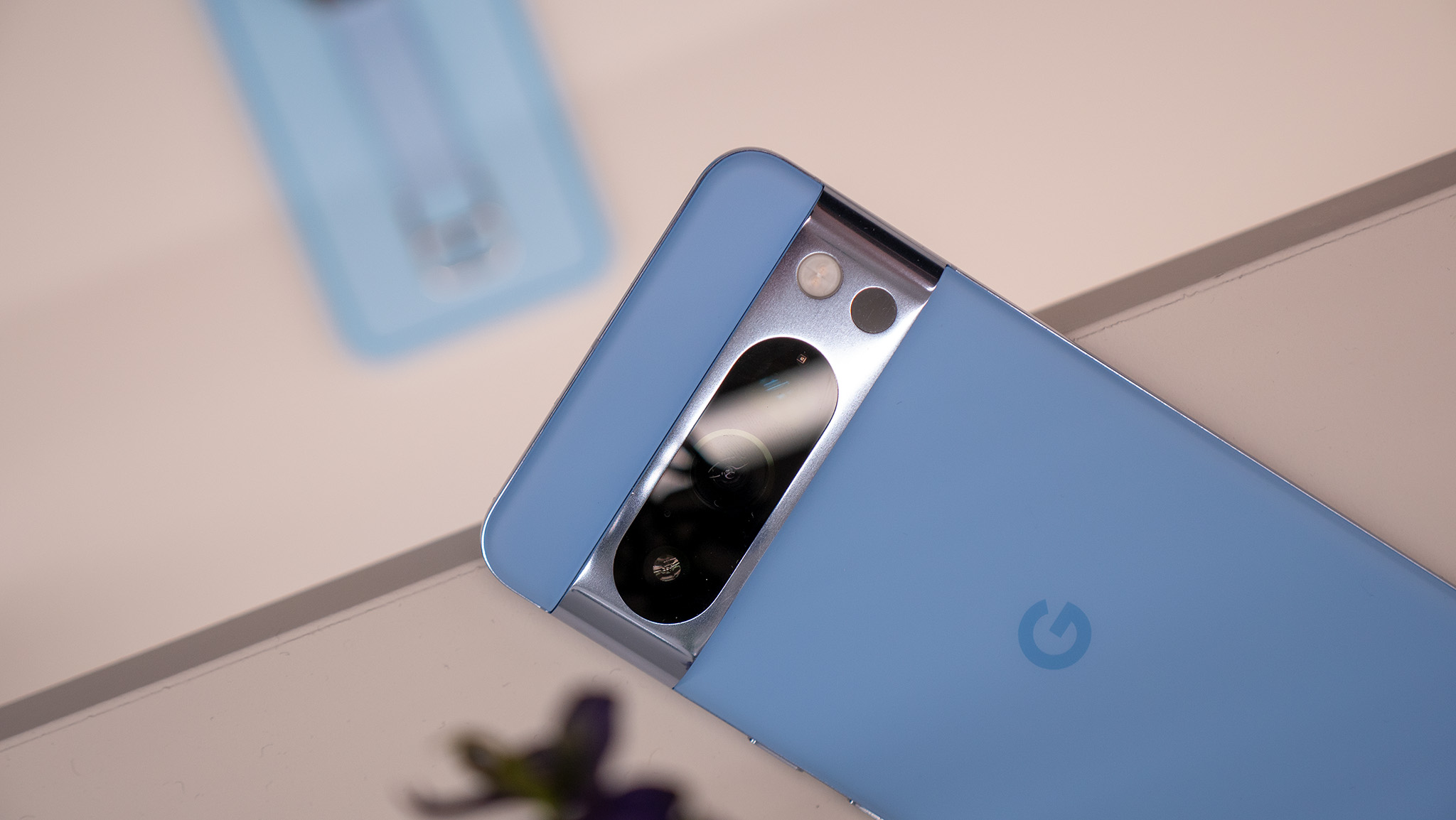A quick peek at the Developer Options in the Android M Developer Preview

It couldn't be more clear that Google is focusing on empowering developers this year, and the Android M Developer Preview is a big part of that effort. Like last year the preview focuses on giving developers the tools they need to be prepared for the release of Android M this fall, which is a big deal when you consider how many changes there are to basic app behaviors in this upcoming version. Apps are going to be put to sleep when the OS says so, and permission behaviors are going to change in a significant way with this release.
Google has also made some updates to the Developer Options section of the OS, and while nothing about this Developer Preview is set in stone, most of these little changes point to Google's efforts in making Android as app-friendly as possible for the launch of Android M.
The Developer Options menu in Android has been hidden from users for a while now, but it has never been particularly far away. These options exist to help developers get their app from the compiler to the device for testing, with tools to help determine what kind of problem they're dealing with when something goes wrong. Knowledgeable users frequently employ a handful of these options for things like keeping the screen on while the device is charging and connecting to your computer through the Android Debug Bridge to play around with the software on their device. For the most part, the Android M Developer Preview is the same as we've seen in Lollipop. The handful of tiny differences, however, are certainly worth discussing.

For whatever reason, be it that the feature isn't finished or Google is hoping by putting it in Developer Options it'll be something that makes it to every phone and tablet, there's a Theme option in this menu now. Unlike the theme engines we've seen throughout Android this year, this theme is all about the Settings menu and dialog boxes. You can select the standard light theme, a dark theme if you're into shades of dark grey everywhere, and an Automatic setting that switches between light and dark in nearly the same way Google Maps flips between light and dark. It's an interesting thing to see Google playing with, even if it winds up not being a part of the final release.
Most everything else you see different in Developer Options is a lot more subtle.
- Google's "Geeky" Process Stats is now Running Services, but still does the same thing.
- New Show SystemUI Tuner gives a little bit of control over the Quick Settings panel.
- New DHCP client being used in M, with a toggle switch to revert back to the Lollipop client in case problem arise.
- Specific apps can be set for mock locations now, instead of a toggle switch to just allow or revoke them.
- New tool for choosing what a USB connection does, including USB ethernet and MIDI options. This means users can connect a microUSB to Ethernet cable into their device and get wired internet access, or connect a microUSB to MIDI cable for things like direct audio recording from a guitar or audio mixing.
- New CPU Usage UI that floats in the top right of the screen and lets you know what is going on under the hood
These are the kinds of things the average user isn't going to get a ton of use out of, but having these tools around on every device running Android M means developers have the flexibility to test right on a device and the tinkerers among us have new toys to play with. It's a win/win, and something we're likely to see continue to take shape as more updates come to this developer preview.
Get the latest news from Android Central, your trusted companion in the world of Android

